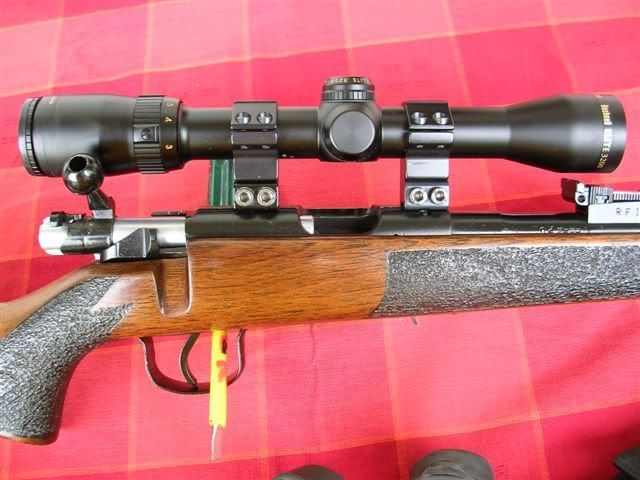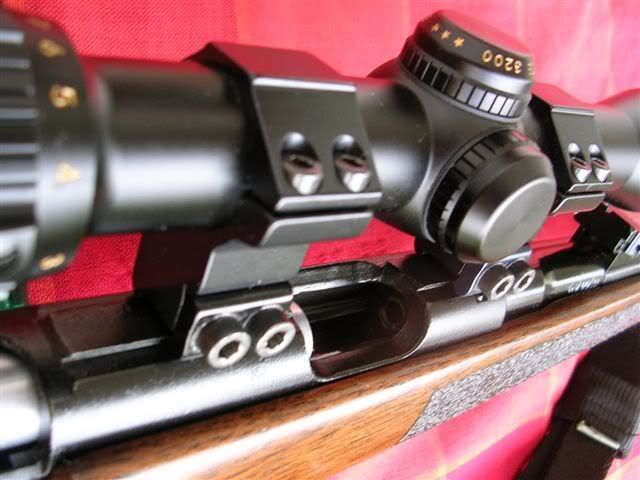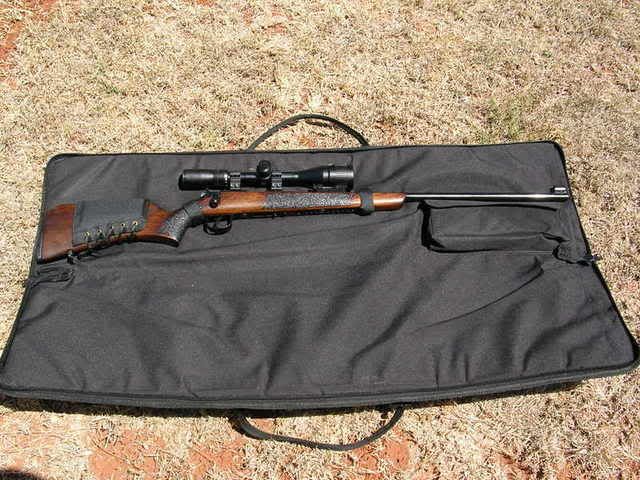Mack The Knife,
Perhaps, your friend was unfortunate in getting a bad piece or a damaged one. Your friend's Leupold may have suffered frame damage and have had it's gas let out or it could have developed fungus on the lens bonding material. Buyers pay significantly more for Leupolds here than they do for virtually any other American brand only because they are convinced that the Leupolds are vastly superior. I did check out a few scopes at both Gander Mountain as well as at Bass Pro and there was no doubt in my mind that the Leupolds that I saw were vastly superior to Bushnell, Burris, Simmons and other American brands.
As far as lens material is concerned, all crown glass (Refractive Index 1.523) is made of aluminium borosilicate and The blending of the various materials is an art that the Chinese do not seem to have mastered. Also, almost all scopes (with the exception of those coming from Russia) are vacuum coated with Magnesium Fluoride. More compact scopes are made using lenses of a higher refractive index of 1.6, 1.7, 1.8 or 1.9 and the Russians have a proprietary material called Fianit which has the highest refractive index of any synthetic material today 2.2. Now, in order to minimise reflections from a lens surface you need to have a coating that is of an RI that is the square root of the lens material in order to eliminate reflection completely and allow more light through. More light through the lens = better clarity. So, the compromise of using multiple coatings of Magnesium Fluoride on different kinds of glass. The Russians, since they have lens materials of very high RI bond two lenses of different RIs together to achieve this effect. They also have a proprietary process of using a liquid dipped coating process over crown lenses which the rest of the world has still not managed to figure out.
To cut a long story short, if recent Chinese scopes have begun to offer better quality, it is very likely that the Chinese have been buying the lenses from other countries, already coated and then mounting them into tubes made in China. I hecked with my cousin in Chennai and the fact is that Chinese lens material has not improved much over the last decade or so.
The Japanese make good scopes, no doubt at all, reasonably priced and with good optical quality. That said, I would compare them with the mid range East and Central European scopes like Meopta and not with the top of the line German or Russian ones which are definitely superior. I don't think it is a coincidence that the finest scopes available in the USA from companies like US Optics, ATN and others all use Russian lenses - if you check their websites, they invariably mention that they get their lenses from Eastern Europe without mentioning the country concerned. There is an element of silly nationalism that keeps the Americans from admitting that their snipers use scopes with lenses from what was formerly described by them as the Evil Empire.

It would take the Americans very little time to use Japanese lenses if they wanted to use them. The fact that the US army uses Russian lenses almost exclusively in it's high tech stuff, especially 3rd and 4th generation night vision scopes, shows what the best sources for lenses are.
Sadly, two of the finest scope manufacturers are now effectively dead. Docter Optik were bought by Zeiss after the German reunification and their top of the line Aspheric scope with an etched glass reticle was discontinued forever by Zeiss for reasons that only they know. Aspheric lenses, because of their profile, almost eliminate peripheral aberrations though the same aspheric profile makes mounting them difficult because giving the edge a profile that fits into a groove introduces a prism effect and negates the advantage of the aspheric profile somewhat. Docter had found the perfect way to make these scopes though they offered them mostly in an 8x56 format with a 30mm tube and made a very few - I have heard though am not sure of this - as variable power scopes. These days Simmons in the US make a cheap Aspheric scope called the Aetec series though I have no idea how good or bad they are. The other top company that closed down very recently were Pecar in Berlin when the owners of the building where they were located decided to evict them from the premises. The British realised how good Pecar scopes were when they used them on their L42A1 Enfield sniper rifles even during the cold war. I am really surprised that no one - not even wealthy Indian companies - have thought of buying Pecar, hiring their highly experienced worers and continuing the name. It would be as prestigious as takeover as the steel plants that the Tatas and Mittals have bought, for anyone who has the money.
BTW my father's business were agents for Metro Optical's lenses for India for a long time - they make scopes under the Meopta brand. We later started buying rough blanks from the BC Rubin Russian plant at Lytkarino, the same plant that supplies coated lenses to the top rung US military and tactical scope manufacturers. They later switched to buying cheaper lenses (of poorer quality IMO) from Poland after a Polish plant was bought by Corning France and Corning started marketing the lenses actively in India. I have visited most of the East and West European glass manufacturers, hence my experience with scopes even though I personally prefer shooting without them.

Cheers!









